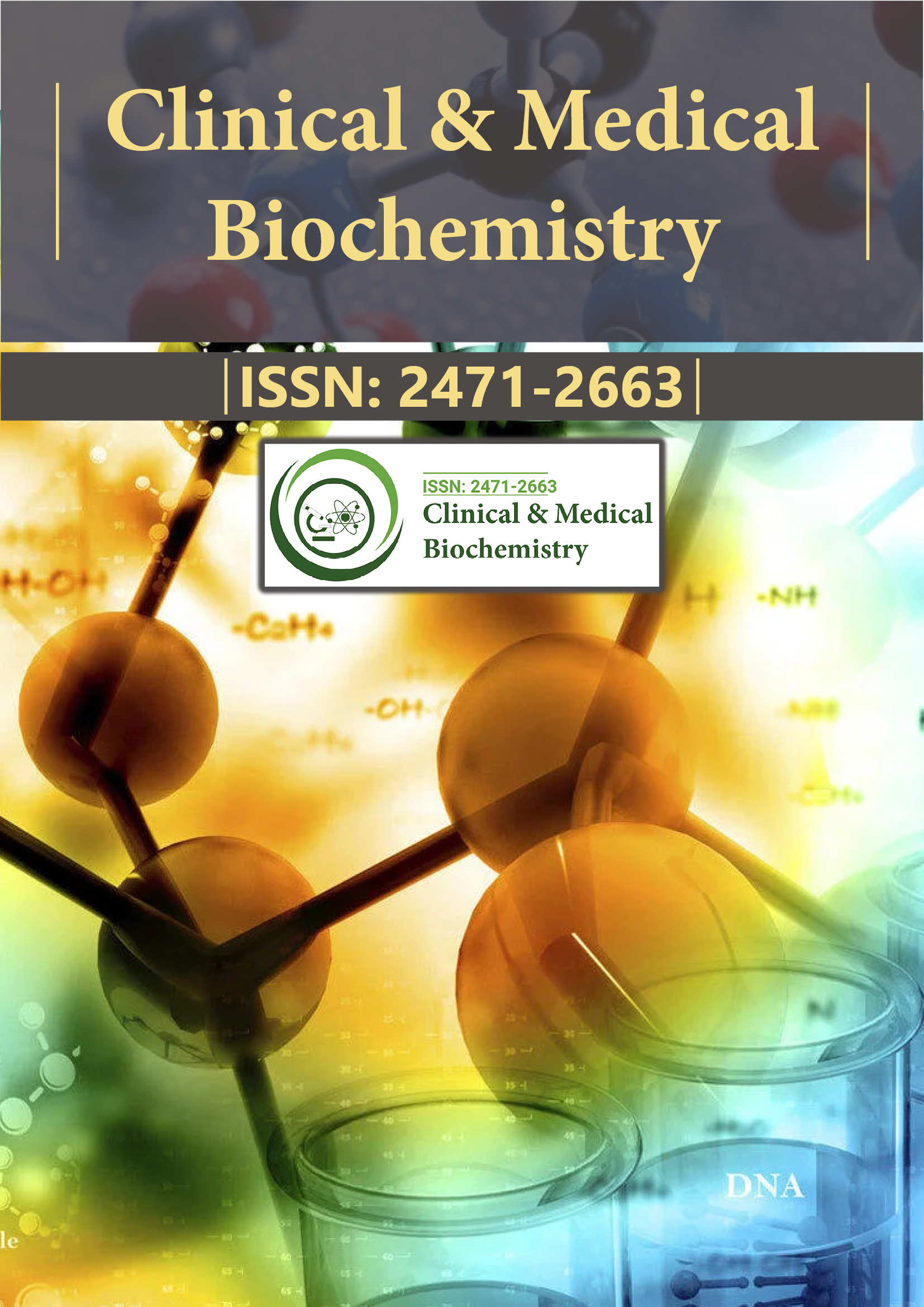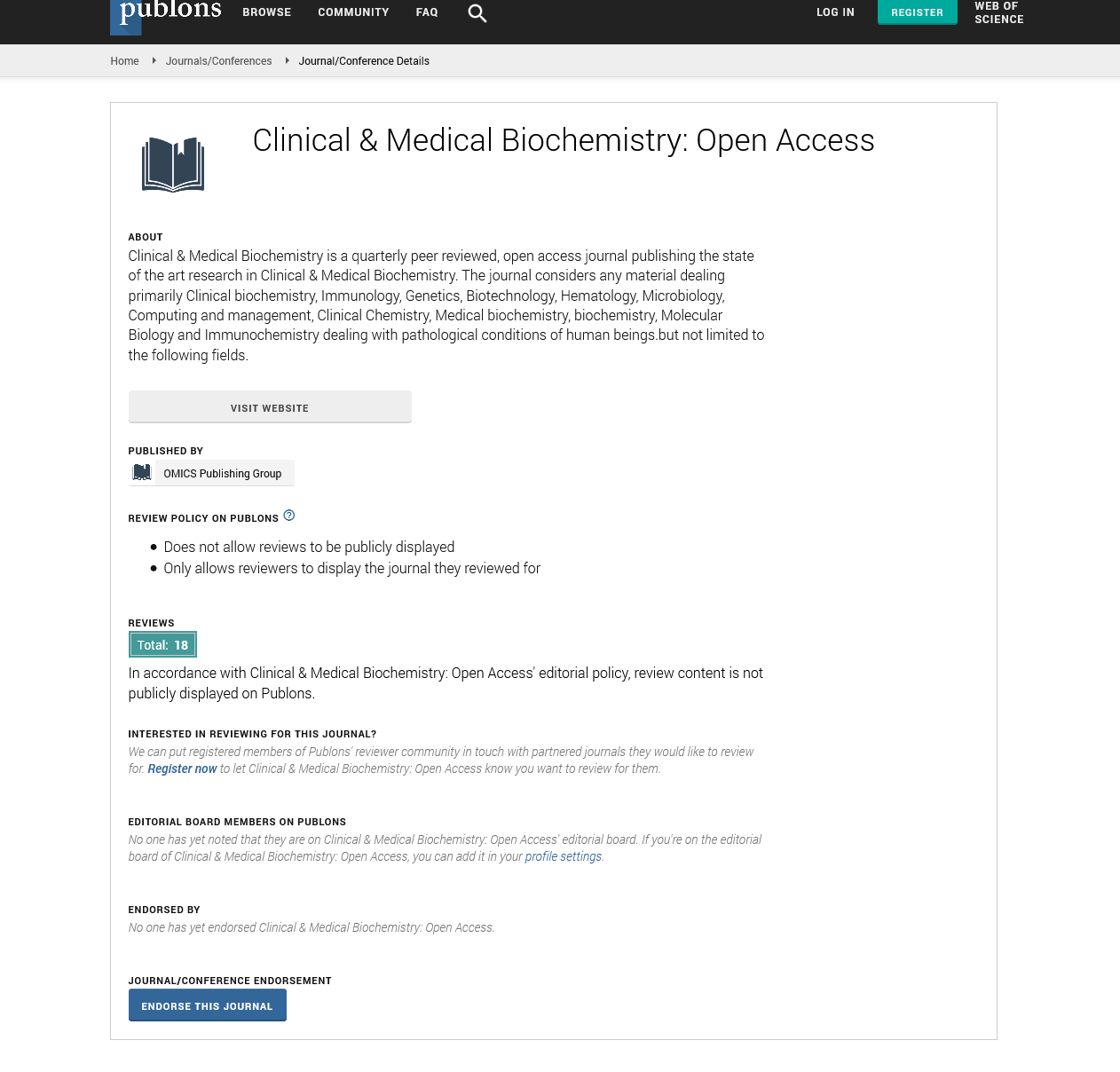Indexed In
- RefSeek
- Directory of Research Journal Indexing (DRJI)
- Hamdard University
- EBSCO A-Z
- OCLC- WorldCat
- Scholarsteer
- Publons
- Euro Pub
- Google Scholar
Useful Links
Share This Page
Journal Flyer

Open Access Journals
- Agri and Aquaculture
- Biochemistry
- Bioinformatics & Systems Biology
- Business & Management
- Chemistry
- Clinical Sciences
- Engineering
- Food & Nutrition
- General Science
- Genetics & Molecular Biology
- Immunology & Microbiology
- Medical Sciences
- Neuroscience & Psychology
- Nursing & Health Care
- Pharmaceutical Sciences
Perspective - (2024) Volume 10, Issue 2
Lipoproteins: Assessing the Mechanisms of Cholesterol Transport
Chen Yuan*Received: 25-Apr-2024, Manuscript No. CMBO-24-25761; Editor assigned: 29-Apr-2024, Pre QC No. CMBO-24-25761 (PQ); Reviewed: 14-May-2024, QC No. CMBO-24-25761; Revised: 22-May-2024, Manuscript No. CMBO-24-25761 (R); Published: 30-May-2024, DOI: 10.35841/2471-2663.24.10.219
Description
Lipoproteins play an essential part in lipid metabolism and preserving cellular homeostasis by functioning as essential carriers of lipids, such as cholesterol and triglycerides, throughout the bloodstream. These complex molecular structures have a lipid core surrounded by a protein, phospholipid, and cholesterol shell, which enables hydrophobic lipids to move through the bloodstream's aqueous environment. We can discover a lot about lipoproteins' roles in lipid disorders, metabolic diseases, and cardiovascular health by studying their structure, function, and metabolism. Lipoproteins are extremely varied in terms of size, content, and density at the structural level, which is relevant to their distinct functions in lipid transport and metabolism. Chylomicrons, Very-Low-Density Lipoproteins (VLDL), Intermediate-Density Lipoproteins (IDL), Low-Density Lipoproteins (LDL), and High-Density Lipoproteins (HDL) are the main lipoprotein classes. Each of these lipoprotein classes can be distinguished by unique lipid and protein components. For example, chylomicrons are large lipoproteins high in triglycerides that are produced in the intestine after dietary fat is absorbed, whereas LDL particles primarily transport cholesterol to peripheral tissues where it is absorbed and metabolized by cells.
Lipoproteins have an impact on cellular signaling, inflammation, and immune response modulation in addition to lipid transport. Often called "good cholesterol," High-Density Lipoproteins (HDL) are essential for reverse cholesterol transport. They take excess cholesterol from peripheral tissues and return it to the liver where it is excreted through the bile. This procedure lowers the risk of atherosclerosis and cardiovascular disease while assisting in the maintenance of cholesterol homeostasis. The complex interactions between lipid transfer proteins, receptors, and enzymes control the absorption, trafficking, and clearance of lipids in different tissues, which subsequently controls the metabolism of lipoproteins. For example, circulating lipoproteins' triglycerides are hydrolyzed by Lipoprotein Lipase (LPL), releasing free fatty acids for cellular absorption and energy utilization. On the other hand, lipoprotein clearance rates and plasma lipid levels are influenced by the hydrolysis of phospholipids and triglycerides by Hepatic Lipase (HL) and Endothelial Lipase (EL), which contribute to the catabolism of lipoproteins.
Target tissues absorb lipoproteins through the action of particular cell surface receptors that identify the lipid components of lipoprotein particles as well as apolipoproteins. For instance, the LDL receptor binds to apolipoprotein B-100 (apoB-100), the main protein component of LDL, allowing the endocytosis of LDL particles. Familial hypercholesterolemia is a genetic illness characterized by raised LDL cholesterol levels and an increased risk of early cardiovascular disease. It can be caused by mutations in the LDL receptor gene or mistakes in LDL receptor function. Dyslipidemia is an important risk indicator for cardiovascular disease, which is a leading cause of morbidity and death. It is characterized by abnormal levels of lipoproteins and plasma lipids. High LDL cholesterol levels, sometimes known as "bad cholesterol," are closely linked to the development of atherosclerosis and coronary artery disease. On the other hand, low HDL cholesterol levels are associated with a higher risk of cardiovascular events, indicating the significance of lipid management in lowering the risk of cardiovascular events.
A complete lipid profile, which measures the plasma concentrations of total cholesterol, LDL cholesterol, HDL cholesterol, and triglycerides, is essential for the diagnosis and treatment of dyslipidemia. Cholesterol-lowering medications, such as fibrates, PCSK9 inhibitors, and statins, lower plasma cholesterol levels and reduce cardiovascular risk by focusing on particular lipid metabolic pathways. Modifications to one's lifestyle, including diet, regular exercise, and quitting smoking, are also essential for lowering cardiovascular risk and managing cholesterol.
Lipoproteins affect several metabolic illnesses, such as diabetes, obesity, and metabolic syndrome, in addition to their function in cardiovascular health. Insulin resistance, an essential feature of type 2 diabetes, is linked to dyslipidemia a condition defined by increased tiny, dense LDL particles, decreased HDL cholesterol, and raised triglycerides. Similarly, increasing levels of lipoproteins rich in triglycerides and a higher risk of cardiovascular disease are features of dyslipidemia linked to obesity. In addition to clinical medicine, research in lipidomics, genetics, and molecular biology is also involved in the study of lipoproteins, to explain the fundamental mechanisms behind lipid metabolism and dyslipidemia. Complete analysis of lipoprotein composition and structure is made possible by advanced analytical methods including mass spectrometry and Nuclear Magnetic Resonance (NMR) spectroscopy. This analysis provides on the lipid-lipoprotein interactions and their significance in both health and disease.
Conclusion
Lipoproteins are dynamic, diverse lipid carriers that are essential for lipid transport, metabolism, and cardiovascular health. Researchers and medical professionals are more familiar with the intricacies of dyslipidemia and cardiovascular disease and create focused interventions to enhance patient outcomes by knowing the structure, function, and metabolism of lipoproteins. Our capacity to use the therapeutic potential of lipid management techniques and personalized medicine approaches in the prevention and treatment of metabolic and cardiovascular illnesses will grow along with our knowledge of lipoprotein biology.
Citation: Yuan C (2024) Lipoproteins: Assessing the Mechanisms of Cholesterol Transport. Clin Med Bio Chem. 10:219.
Copyright: © 2024 Yuan C. This is an open-access article distributed under the terms of the Creative Commons Attribution License, which permits unrestricted use, distribution, and reproduction in any medium, provided the original author and source are credited.

